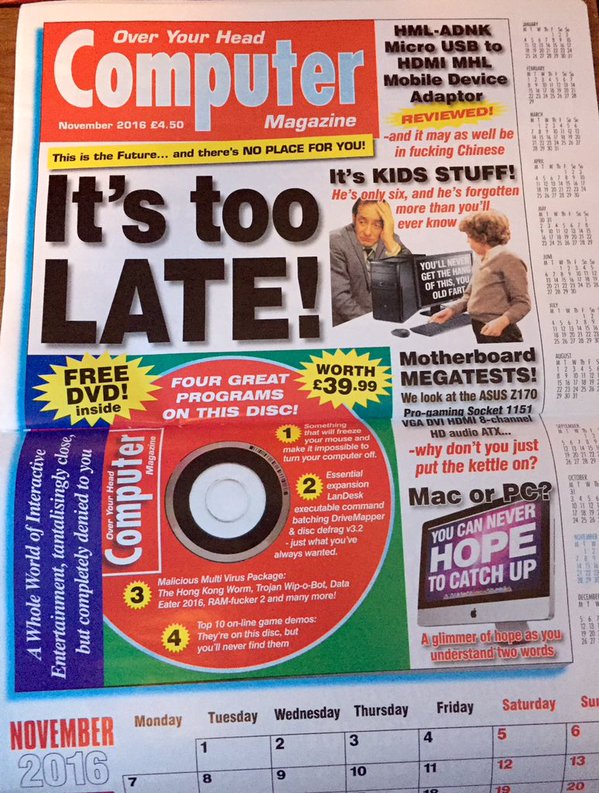Create Virtual Disk from physical hardware
This came up the other day, how do you add a disk to VirtualBox that physically exists? E.G. you have created a test vbox and would like to plug in your old laptop hard drive and have a look at the contents..
Here goes..
sudo lsblk
And get the following similar output..
NAME MAJ:MIN RM SIZE RO TYPE MOUNTPOINT
sda 8:0 0 465.8G 0 disk
|-sda1 8:1 0 243M 0 part /boot
|-sda2 8:2 0 1K 0 part
|-sda5 8:5 0 465.4G 0 part
+-sda5_crypt (dm-0) 252:0 0 465.4G 0 crypt
+-mint--vg-root (dm-1) 252:1 0 465.4G 0 lvm /
sdb 8:16 1 7.5G 0 disk
|-sdb1 8:17 1 459M 0 part /media/your-username/usbstick
sdc 8:32 0 465.8G 0 disk
|-sdc1 8:33 0 243M 0 part
|-sdc2 8:34 0 1K 0 part
|-sdc5 8:37 0 111.6G 0 part
Examine the tree and find out what your old hardware is called, e.g. /dev/sdc in this case.
Now create a directory for the virtual disk..
mkdir -p /home/your-username-here/VirtualBox/spare_disks
And use vBox’s commandline tools to create the image, changing /dev/sdX for your device location, prolly /dev/sdc.
sudo VBoxManage internalcommands createrawvmdk -filename "/home/your-username-here/VirtualBox/spare_disks/500GB-hard-disk.vmdk" -rawdisk /dev/sdX
Now chown and chmod the varioius relevant locations and that’s it..
sudo chown your-username-here:your-username-here /home/your-username-here/VirtualBox/spare_disks/500GB-hard-disk.vmdk
sudo chmod 777 "/home/your-username-here/VirtualBox/spare_disks/500GB-hard-disk.vmdk"
sudo chmod 777 /dev/sdX
Now open VirtualBox and add in the disk in the usual way (Select your box, then –> settings –> storage –> select disk controller –> click ‘adds hard disk’ icon –> Select vmdk file and that’s it. Fire up your machine and voila, the machine sees the external disk. Nice.







